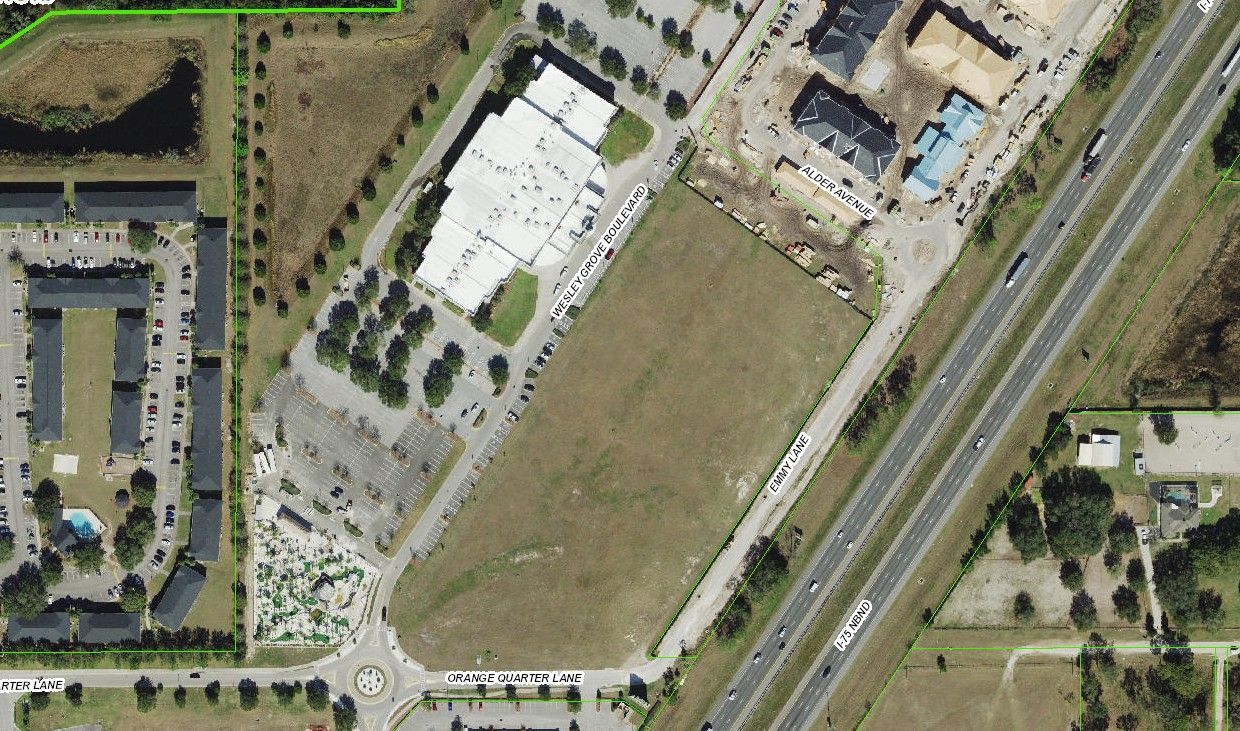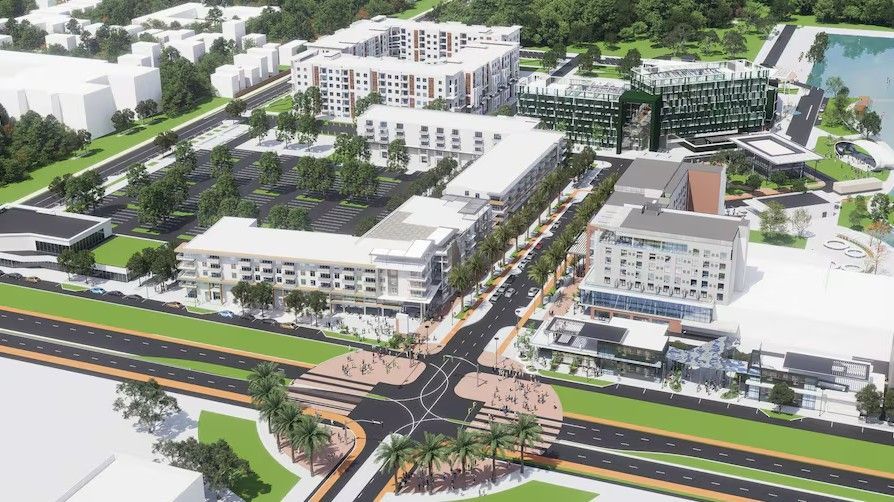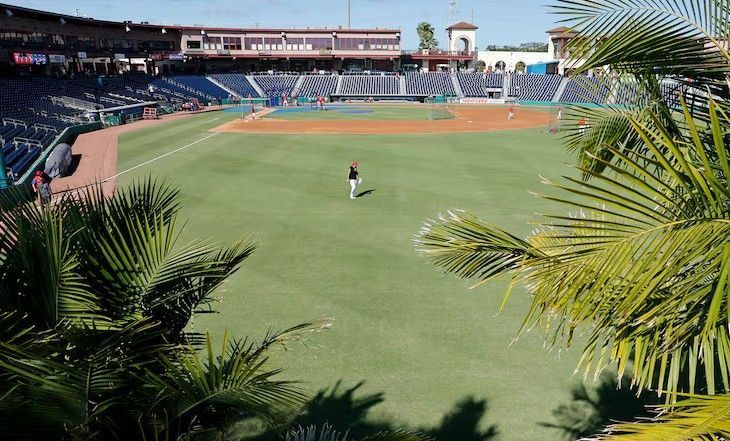A Refresh on Florida’s Condo Laws: What You Need to Know
Condominium Associations must be in compliance with new requirements by 2025.
Back in May 2022, state legislators passed Senate Bill 4D, in aims to address systematic issues with how condominium properties are maintained and financed. The bill was brought to fruition after the tragic Champlain Tower South in Surfside collapsed and took the lives of 98 people three years ago. After the tragic incident, it was revealed that the condo association had underfunded reserves and postponed major necessary repairs to avoid raising assessments.
With the new requirements in place and after several small amendments to SB4D, new rules are as followed:
- Condos that are over three stories or higher must undergo inspections after 30 years, and every 10 years following. The inspection is to determine the structural integrity of the building and determine if any repairs are needed.
- Before the end of 2024, any condo building over 30 years must have an inspection completed.
- Condos three stories or more must review their reserve funds before the year end and every 10 years following to determine how much they must save to properly maintain the building. A budget must base budgets adopted om the findings and recommendations from the review of reserves.
- Condos three stories or more are restricted from waiving or under reserving funds.
Because of these new requirements which must be completed by January 1st, 2025, many are rethinking their condo ownership. Data from the Greater Tampa Bay Realtors shows condo and townhome sales increased 99% year over year as of May 2024. Sales fell 6% though, according to the data. 78% of condo unit listings within the area are 30 years or older according to Zillow data.
Certain repairs, such as concrete restoration can cost condominiums millions of dollars, and in older buildings many have had the mindset to not fix something until its broken to save condo unit owners from higher assessments. If the condo board hasn’t saved enough over the years to cover the bills for repairs, the cost will fall on condo owners.
It is expected that individuals will end up selling units at a loss, but there is not anticipated widespread price drops or fire sales. Condo associations that can navigate the transition into these new requirements will likely see higher values in the long term, and developers are hunting down older condos for redevelopment opportunities by buying condo owners out of their units and gaining majority ownership of the condominium to dissolve the association and demolish the old building to rebuild newer, and generally luxury units.
Thank you for your interest. If you are in need of Appraisal & Valuation services in the West Central Florida Market, contact:
Mike Cliggitt, MAI, MRICS, CCIM
813.405.1705 | 863.661.1165 - Direct Lines
SHARE CONTENT





